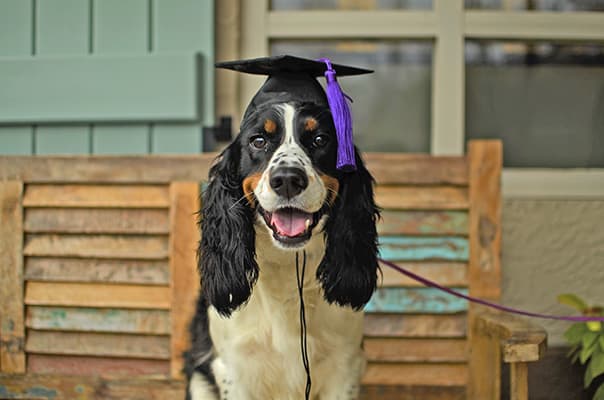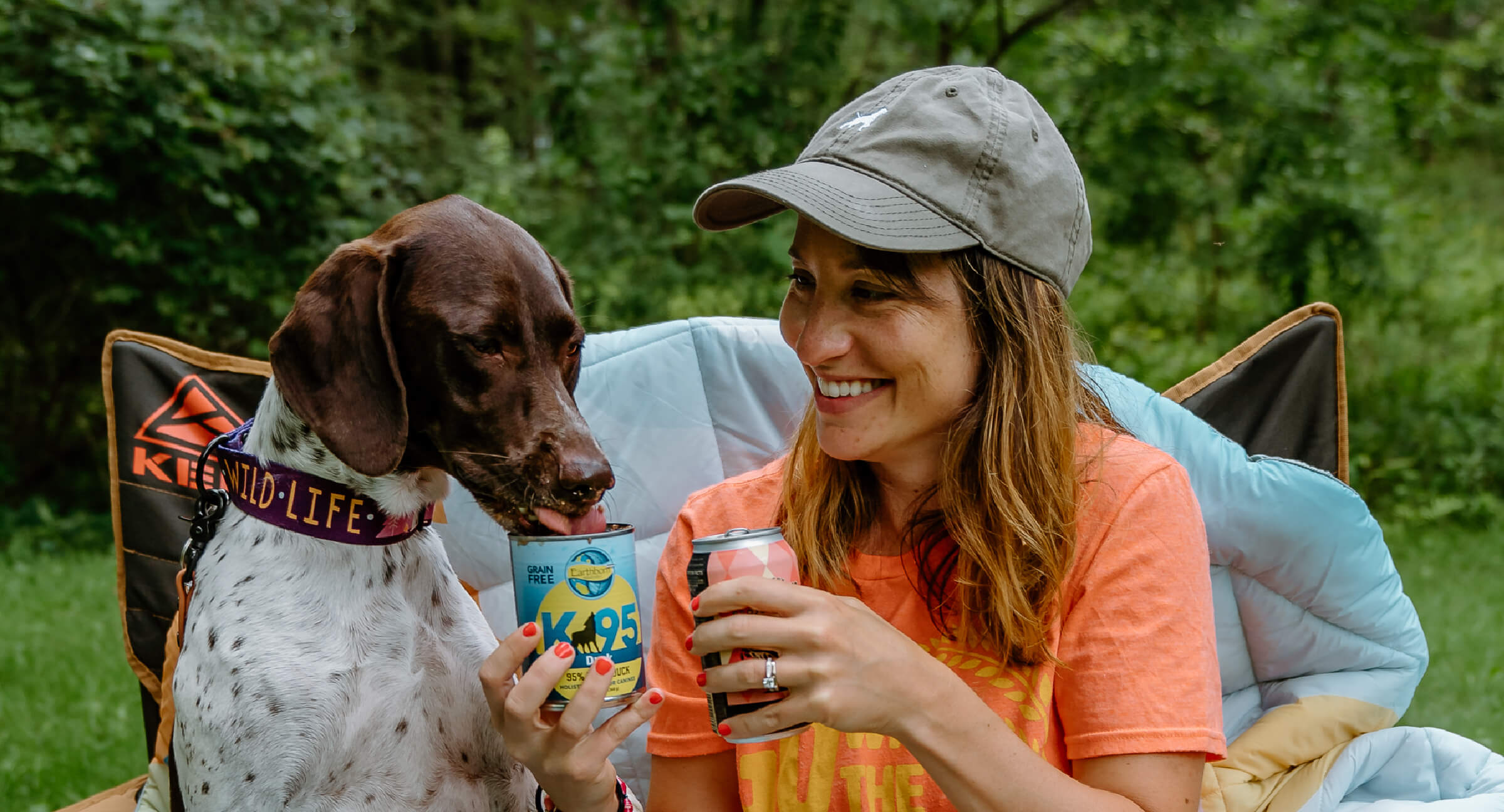How Dog Training Can Improve Your Pet's Quality of Life and Behavior
How Dog Training Can Improve Your Pet's Quality of Life and Behavior
Blog Article
Novice's Overview to Successful Pet Training in the house
Effectively educating a canine at home requires a nuanced understanding of canine behavior and efficient communication approaches. Establishing clear training objectives, making use of high-grade benefits, and maintaining consistency across household members are vital components. Incorporating training into day-to-day regimens can boost both engagement and retention.
Comprehending Pet Dog Habits
Understanding canine behavior is important for effective training and fostering a harmonious connection between humans and their canine buddies. Canines communicate primarily via body movement, vocalizations, and faces, making it crucial for proprietors to translate these signals precisely. Recognizing actions such as tail wagging, grumbling, or cring can offer insights right into a dog's mood and objectives.

Usual behavior concerns, such as hostility, stress and anxiety, or extreme barking, typically stem from misconceptions or unmet needs. Observing and attending to these issues quickly can stop rise and ensure a positive training experience. By fostering a deep understanding of pet habits, proprietors can customize their training methods to suit their canine buddies, eventually bring about a mannerly and happy pet.
Crucial Training Tools
A fully equipped training area can dramatically enhance the effectiveness of dog training at home. Important training tools make sure that both the pet dog and the fitness instructor can involve in productive sessions that promote discovering and bonding.

Buying a durable chain and a comfy, well-fitting collar or harness is important for safety and security and control. These devices assist establish limits and make certain the dog continues to be protected during training. In addition, a designated training location, devoid of distractions, help concentration for both the instructor and the canine.
Educating aids such as training pads, cones, or dexterity equipment can additionally enhance the experience by introducing selection and challenges. Having a note pad or electronic application for tracking progress can be invaluable, permitting you to keep in mind successes and areas for improvement. Making use of these necessary tools will certainly develop a positive training atmosphere and lay the structure for efficient learning.
Developing an Educating Regimen
Developing a constant training routine is necessary for efficient pet dog training in the house. A well-structured routine not just aids in reinforcing preferred actions yet likewise gives your dog with a feeling of safety and security and predictability. To produce a reliable training regular, start by determining specific training objectives, such as basic commands, leash strolling, or house-breaking.
Pick a marked time daily for training sessions, preferably when your pet is sharp and responsive. Procedure must be short, approximately 5 to 15 minutes, to keep focus and protect against fatigue. Consistency in timing and environment will certainly improve your dog's discovering experience.
Integrate training right into day-to-day tasks to strengthen skills. Technique commands throughout strolls or mealtime, which integrates discovering into natural regimens. In addition, remain flexible and adjust the routine as essential, suiting your dog's energy degrees and state of mind.
Positive Support Techniques
Positive support strategies are essential to reliable pet training, advertising preferred behaviors via incentives as opposed to punishment. This approach uses positive stimulations, such as treats, appreciation, or playtime, to encourage pet dogs to duplicate details actions. The keystone of this strategy is timing; benefits need to be offered promptly adhering to the preferred actions to produce a clear organization.
When applying positive support, it is necessary to select incentives that are inspiring for your dog. High-value treats, such as little pieces of chicken or cheese, can be specifically efficient throughout training sessions. Additionally, differing the incentives can maintain your pet dog's interest and excitement.
Start with basic commands, like "rest" or "stay," and progressively progress to much more complicated jobs. Uniformity is essential; ensure that all family participants use the same commands and benefit systems to stay clear of complication.
Moreover, it is crucial to remain client and stay clear of stress. Canines, like human beings, learn at their own rate. By fostering an her response encouraging training environment with favorable reinforcement, you can improve your dog's knowing experience while enhancing the bond in between you and your furry buddy, preparing for effective training results.
Typical Training Obstacles
While educating a dog in your home can be a rewarding experience, it commonly comes with a collection of usual challenges that can examine both patience and uniformity. One common problem is disturbance. Dogs might end up being conveniently averted by sounds, activities, or perhaps aromas in their setting, making it difficult to preserve their focus during training sessions.
Another difficulty is variance in commands and support. If relative use different hints or benefits, it can puzzle the pet dog and prevent development. Developing a unified strategy is important for effective interaction.
In addition, canines can experience aggravation or tension, especially if they do not recognize what is expected of them. This can bring about unfavorable habits, such as barking or chewing.
Ultimately, the timing of reinforcement is important (Dog training). Postponed rewards can diminish the performance of favorable support, as pets might fail to attach the habits with the benefit
Getting rid of these obstacles needs commitment, clear interaction, and a structured training strategy. Acknowledging and dealing with these usual challenges will pave the way for an extra successful and delightful training experience in the house.
Final Thought
Finally, effective dog training in your home requires a comprehensive understanding of canine habits and effective interaction techniques. By developing clear training goals and using top quality deals with alongside favorable support, the training procedure ends up being much more fulfilling for both the canine and the trainer. Adaptability, uniformity, and patience are important components that facilitate understanding. Eventually, incorporating training into day-to-day routines enhances the bond in between canine and owner, making the experience both satisfying and productive.
Establishing a consistent training regimen is essential for effective pet dog training at home.Positive reinforcement techniques are fundamental to reliable pet training, advertising preferred habits with benefits rather than punishment (Dog training). By fostering a helpful training setting via favorable reinforcement, you can enhance your dog's knowing experience while strengthening the bond in between you and your furry friend, laying the foundation for successful training outcomes
In verdict, hop over to these guys successful pet dog training at home requires a comprehensive understanding of canine behavior and reliable interaction techniques. By establishing clear training objectives and making use of top Get the facts quality treats together with favorable reinforcement, the training process ends up being more satisfying for both the fitness instructor and the dog.
Report this page